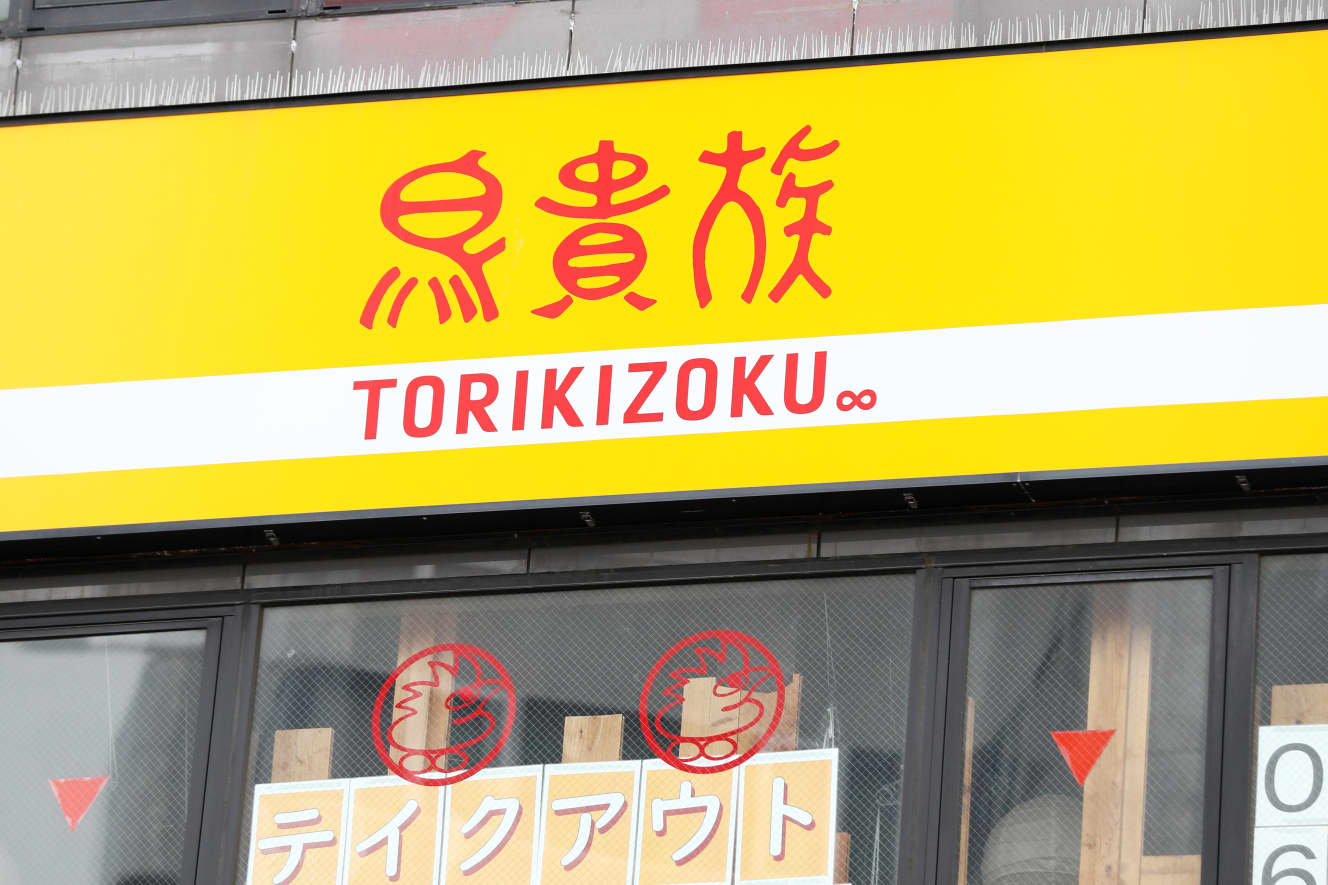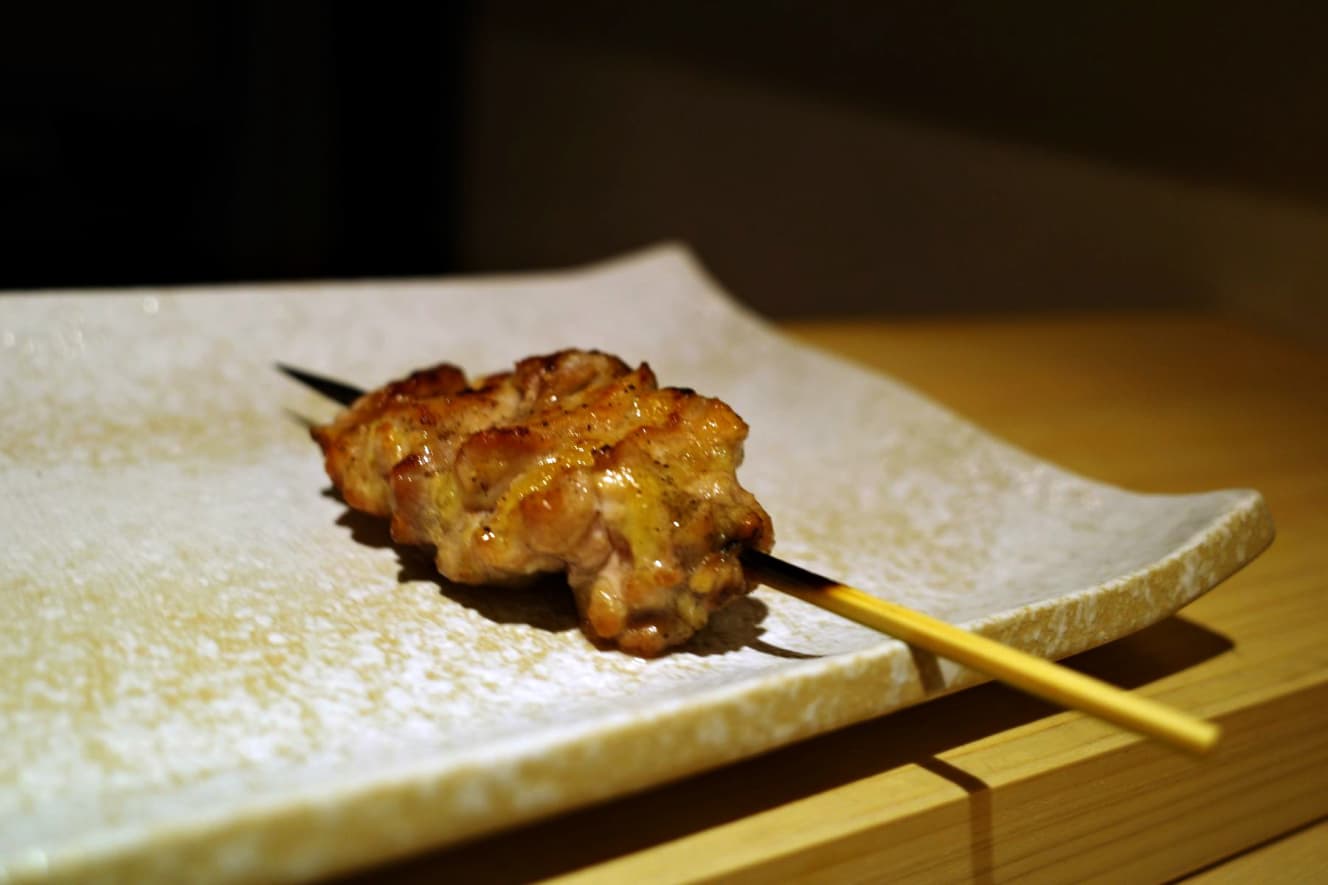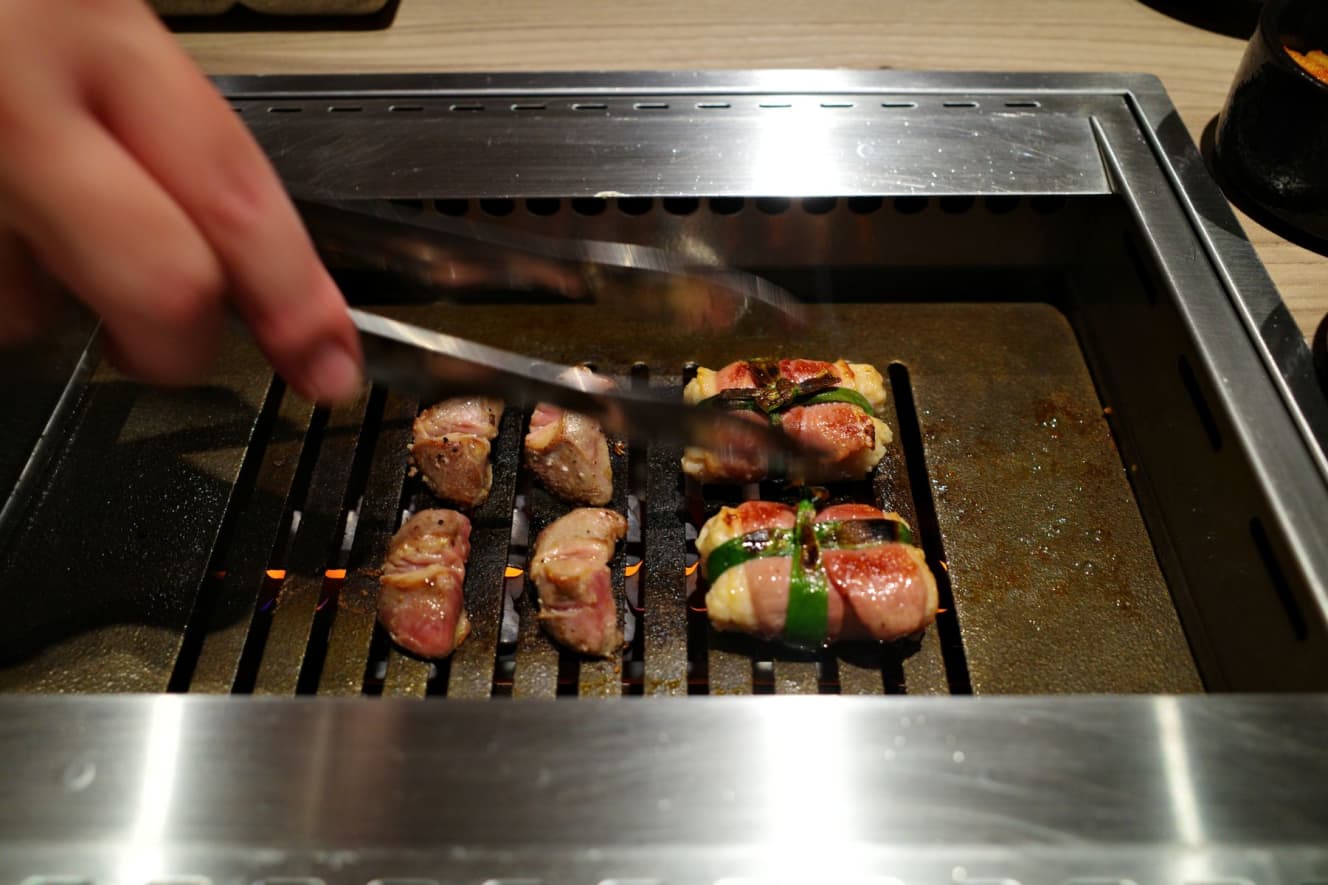How Torikizoku’s Yakitori Revolution is Captivating Global Palates
Hong Kong, Taiwan, and America, Torikizoku has announced overseas expansions one after another.
Tori Aristocrats Holdings, Inc. has become the talk of the town for opening its mainstay yakitori restaurant, Tori Aristocrats, overseas. On March 4, 2024, the company signed a franchise agreement in Hong Kong, and on the following day, March 5, it signed a joint venture agreement in Taiwan, and also held a signing ceremony for each. The company is also preparing to enter the U.S. market and is eager to expand overseas, but will yakitori actually be accepted overseas?

The prototype of today’s yakitori was created in the Edo period.
According to the Japan Yakitori Association, pheasant skewers were first eaten in the Muromachi period (1333-1573), the prototype for today’s yakitori was created in the mid-Edo period, and yakitori stalls appeared in the Meiji period (1868-1912). In the late 1950s, the introduction of inexpensive, mass-produced broilers from the United States lowered the price of chicken and led to an increase in the number of popular yakitori restaurants.
Yakitori, in the narrow sense of the term and according to the modern understanding (which, if broadened somewhat, includes non-chicken as well), is chicken meat and organs cut into bite-sized pieces, skewered, seasoned with salt or sauce, and grilled over an open flame. At first glance, it may seem simple, but as the saying goes, “It takes three years to skewer a chicken and a lifetime to grill it,” and it is not easy to master the art.
The skewering process requires taking into consideration the weight and thickness of the skewers in order to ensure a well-balanced grill throughout. The meat should not spin around when the skewer is rotated. The skewering method varies depending on the part of the chicken and the size of the portion. The appearance of the meat when it is cooked is also important, and there should be no gaps between the pieces.
In the grilling process, it is necessary to calculate the level of heat, heat radiation, and the direction of the wind. The heat and communication with the customer must be taken into consideration, and the food must be served at the best possible time. At the time when the customer eats it, the outside must be crispy and textured, while the inside must remain juicy and delicious.
The market size of yakitori restaurants is 200 billion yen. 11 yakitori restaurants are listed in Michelin Tokyo
The market for yakitori restaurants in Japan is said to be worth 200 billion yen, and according to the “Eat Log,” there are about 32,000 yakitori restaurants in Japan, with about 6,500 in Tokyo. According to the “Michelin Guide Tokyo 2024,” the cuisine category yakitori (which means the same as grilled chicken; the word yakitori is used to refer to non-fowl) is the most popular category in Japan. The Michelin Guide Tokyo 2024 lists two one-star restaurants, three Bib Gourmands, and six Selected Restaurants, for a total of 11 restaurants in the yakitori category (yakitori is also a category that includes non-fowl).
Comparing Japanese cuisine categories, the number of restaurants (starred, Bib Gourmand, and Selected) is less than “Japanese cuisine,” “sushi,” “tempura,” “soba,” and “ramen,” but more than “tonkatsu,” “izakaya,” “beef,” “crab,” “eel,” “fugu,” “onigiri,” “sukiyaki,” and “pork Cuisine” are more common than “Pork Cuisine”. If mentioning only starred restaurants, “Yakitori” is ranked 4th with 2 restaurants, the same as “Unagi,” “Crab Cuisine,” “Beef Cuisine,” and “Soba,” following “Japanese Cuisine” with 61 restaurants, “Sushi” with 26 restaurants, and “Tempura” with 14 restaurants. Considering that this is a casual type of business, it is surely doing well.
The two restaurants that have been awarded one star are Torishiki in Meguro and Yakitori Omino in Oshiage. The former is the head restaurant of the “Torishiki” group, run by Yoshiteru Ikegawa, who is leading the current yakitori boom, and the latter was opened by Masayoshi Komino, a former “Torishiki” owner.
The latter was opened by Mr. Masayoshi Komino, a former “Torishiki” owner. The “Torishiki” affiliated restaurants include “Torika,” which has won a Bib Gourmand award, “Torikaze,” where information is not disclosed, and “Torioka,” which has become increasingly difficult to get a reservation after moving from Roppongi Hills to Azabudai Hills, and the only one-star restaurant in the United States for “yakitori,” “Torien New York City. The “Torishiki” group is currently the only yakitori restaurant in the U.S. with a one-star rating. The “Torishiki” group is the largest yakitori restaurant in the U.S. today.

Reservations are required, information is not disclosed, and some restaurants have a waiting list of over a year for reservations!
Non-starred restaurants in the Michelin Guide are also hot in yakitori. Jimbocho Gokita, a Selected Restaurant, offers a new yakitori dish served with French sauce, and there is a more than one-year waiting list for reservations at Akasaka’s Shin Kobe. The ingredients are grilled over a moist wood fire, which keeps the meat moist. Azabu Juban’s Ichidorime Torimatsu offers a style of grilling in front of your eyes, and its specialty, “Bound Tsukune,” is a novelty. YAKITORI Burn es in Roppongi, which serves modern French-style dishes, is also difficult to get a reservation. Tori Ryoriya in Nogizaka is a closed restaurant that requires complete introductions. It is surprising that the restaurant also stocks a fine New Zealand wine, “Chateau Waimarama.


Yakitori, like sushi (called sushi in the Michelin Guide), started out as a casual dish, but there is no denying that it is becoming more and more gastronomic. This is because it is no longer unusual for a course alone to cost 15,000 yen, or for the price per customer to reach 25,000 yen. It is also becoming more and more common to pair the dishes with wine instead of beer or sake, and it can be said that the trend is continuing to evolve.


Yakitori is popular even in foreign countries.
Yakitori is so well known overseas that it is commonly known as Yakitori. It is a well-known part of Japanese food culture, but there are many similar dishes overseas as well.
In France, Japanese food culture is widely accepted, from seasonings such as yuzu and soy sauce to ingredients such as wagyu beef and seaweed, and genres such as sushi and Japanese cuisine. Yakitori has also been greedily adopted and arranged in a way that is typical of the French food connoisseurs. The dish looks like yakitori, but it actively uses meats other than chicken, seafood, and cheese, and is seasoned mainly with sauce. The dish is served with cutlery after being removed from the skewer, which is typical of the fashionable French style.
Italy’s “arrostichini” is grilled lamb skewers. The use of olive oil is typical of Italy. In Hawaii, there is a barbecue dish called frihri chicken. It is a sweet and spicy dish in which whole chickens are opened, skewered, and grilled over an open flame while being rotated. Shish Kabab, eaten in Turkey and other Middle Eastern countries, is made from a variety of meats and comes in a variety of sizes. Marinated in yogurt, it has a mild flavor.
Thai “gaiyan” comes in various types and sizes of portions, but the same chicken meat is skewered and grilled. It is complex and spicy, with a characteristic flavor of fish sauce. Satay is widely eaten in Southeast Asia, including Indonesia, Malaysia, Singapore, the Philippines, and Thailand. In addition to chicken, beef and goat meat are also used, marinated with spices, and served with an impressive sweet sauce.
Compared to “yakitori,” it is similar in some respects, but different in many others.
A dish that is filled with the “heart and work” that only the Japanese possess.
The main characteristics of Japanese yakitori are as follows. The main characteristics of Japanese yakitori are as follows: chicken meat and organs are used, it is cut into bite-sized portions, it is skewered, it is cooked over an open flame, mainly charcoal, it is seasoned and not dipped in sauce, and it is eaten by hand with the skewer in one’s hand. The skewers are then held in one’s hands and eaten by hand. Yakitori” is the only restaurant that has a deep philosophy and commitment to skewering and grilling.
As there are many similar dishes in other countries, it is clear that Yakitori has the foundation to be accepted. In addition, the potential of yakitori is immeasurable because of its uniquely Japanese characteristics and because it is filled with the “heart and work” that only the Japanese possess.
Overseas, casual yakitori restaurants such as Tori Aristocrat will become affordable Japanese cuisine, just like ramen restaurants, even though their prices are several times higher than those in Japan. The upscale yakitori restaurant in Japan will evolve into a gastronomy of its own. I believe that yakitori in other countries will win three stars in the Michelin Guide more quickly than yakitori in Japan.
Interview and text: Dong Long
Born in Taiwan in 1976. Winner of TV Tokyo's "TV Champion" in 2002 and 2007. He loves cooking, sweets, and alcohol, with a focus on fine dining and hotel gourmet cuisine. He writes easy-to-understand articles with his unique perspective on everything from inflammatory incidents to gastronomy and trends, and from the state of food to issues facing restaurants. He is also a judge, lecturer, producer and consultant.